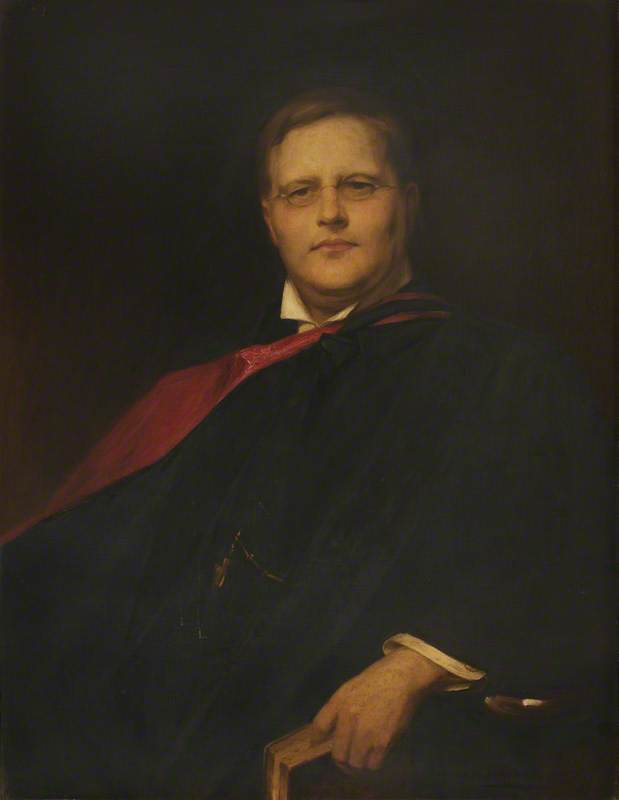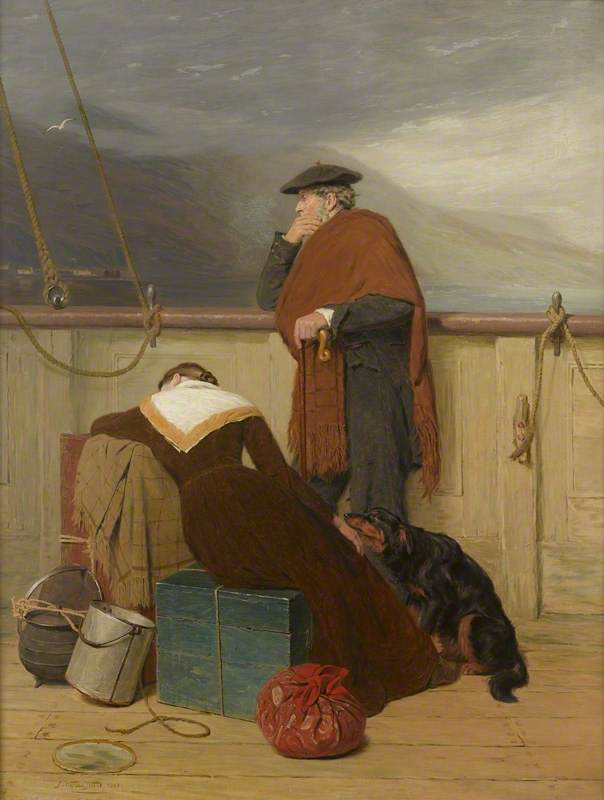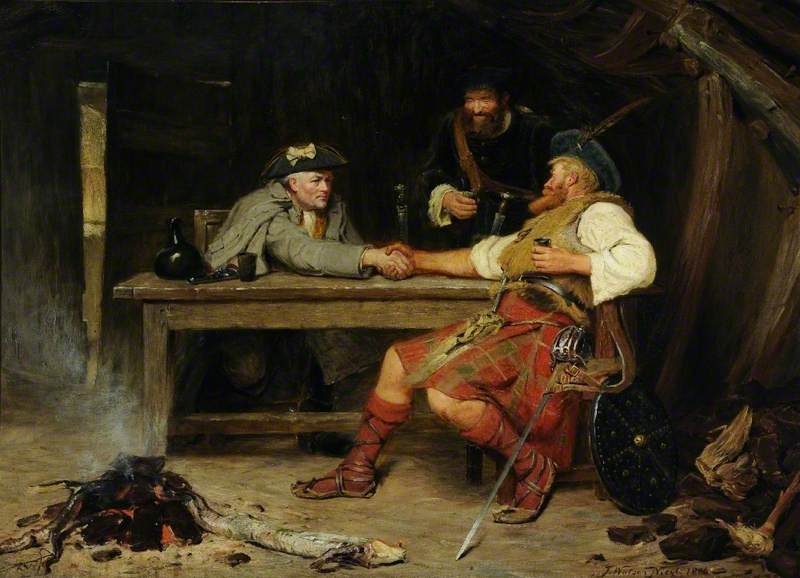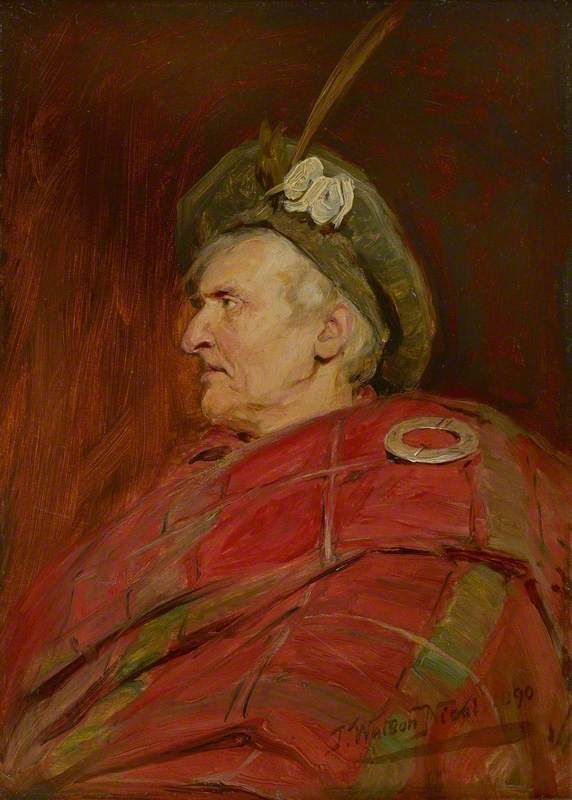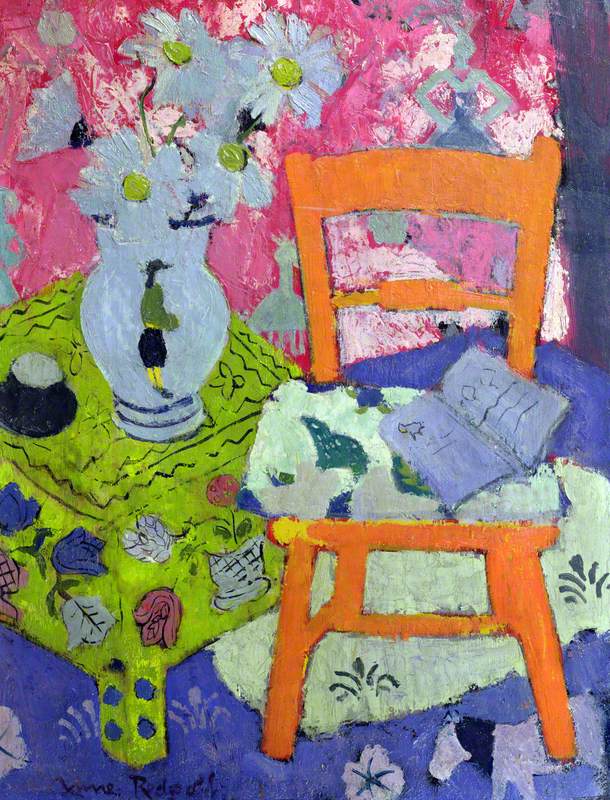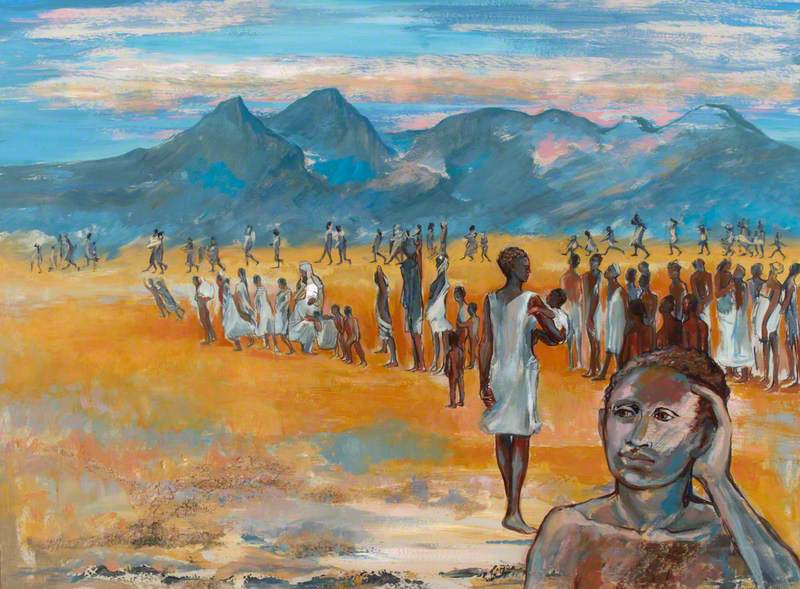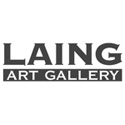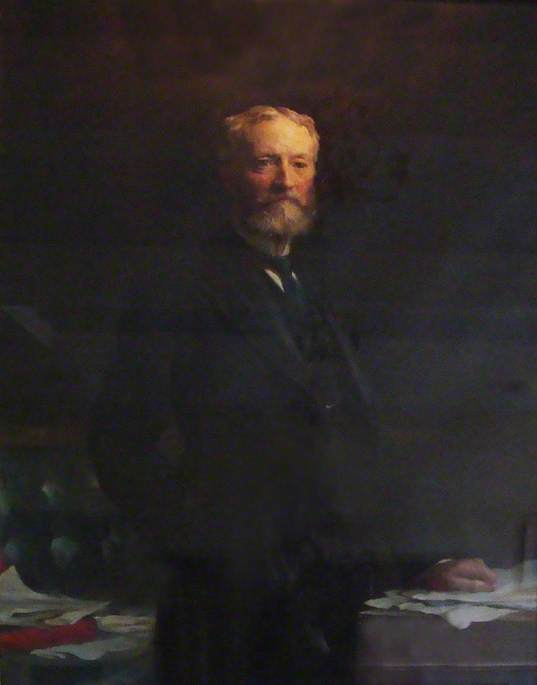
Viscount St Aldwyn (1837–1916)
John Watson Nicol (1856–1926)
Gloucester Museums Service Art Collection
Nicol was born in Edinburgh on 12th January 1856, the second son of the Scottish genre painter Erskine Nichol RSA, ARA (1825–1904) and his first wife Janet (née Watson and also known as ‘Jessie’). They had married in June 1851. John’s older sister, Jane Margaret, was eight at the 1861 census; an elder brother, James Watson, was seven. In 1863 their mother died and they moved to London where, in 1865, their father remarried to Margaret Mary Wood (1831/1832–1919) by whom he had a daughter and two further sons, all born in Kensington and baptised at St Luke’s, Chelsea. The first, Elizabeth, was born on 9th February 1866 and the boys were Erskine Edward Nicol (b.12 May 1868) and Percy Wood Nicol (b.20 May 1871). In 1879 Erskine senior and his second family returned to Edinburgh and at the 1891 census Erskine Edward was noted as an art student and Percy as a medical student there. The former became a widely travelled painter of landscape and genre scenes who exhibited six works at the Royal Academy from 1890 to 1900, lived partly in Cairo from about 1893 and finally at Cabrerets (Lot) in France, where he died on 13th May 1926, just before John Watson. By 1901 Percy had begun a long career as a general medical practitioner in London: he died at Reigate in 1943. Their sister Elizabeth last appears at home, aged 15, in the 1881 census, with no obvious later marriage or death record.
Nicol exhibited at the Royal Academy in 33 of the 43 years between 1876 and 1918, then last in 1924. He also showed work at the Royal Birmingham Society of Artists after 1880, the ROI (of which he was elected a member in 1888), the Royal Scottish Academy, the Glasgow Institute of Fine Arts, the Manchester Academy, and the Liverpool Autumn Exhibitions. Although based in London he also painted in Scotland and France, and the monthly journals Good Words (1890) and Black & White (1896) include some illustrations by him: at least one of subjects (The Letter) was also reproduced in The Graphic (6th December 1880). The Laing Art Gallery, Newcastle, and the Fleming Collection, London, each have two of his paintings; Sheffield and Calderdale one. His Scottish emigration subject, Lochaber no more (exh. RA, 1883), is that by which he is largely remembered, in part because it was engraved by the Art Union in 1884. This is now in the Fleming Collection which also has a fine portrait study of a Highland Chieftain dated 1890, possibly using the same male model. He also did some society portraits, including one of Kaiser Wilhelm II for the United Service Club, London (exh. RA 1900): Gloucester Museums have one of the politician Viscount St Aldwyn; Queen’s College, Oxford, that of William Temple, Archbishop of Canterbury; and Leighton House one of Sir Thomas Hewitt KC.
Mary Douglas Nicol (b.1913), John’s niece and daughter of his half-brother Erskine Edward, became an anthropologist, better known as Mary Leakey. She and her husband, the archaeologist and palaeo-anthropologist Louis Leakey (1903–1972), did pioneering work on human evolution, largely in the African Rift Valley: she died in Nairobi in 1996.
Summarised from Art UK’s Art Detective discussion ‘Could anyone tell us more about the artist John Watson Nicol (1856–1926)?’, with thanks to Osmund Bullock for further comments.
Text source: Art Detective

